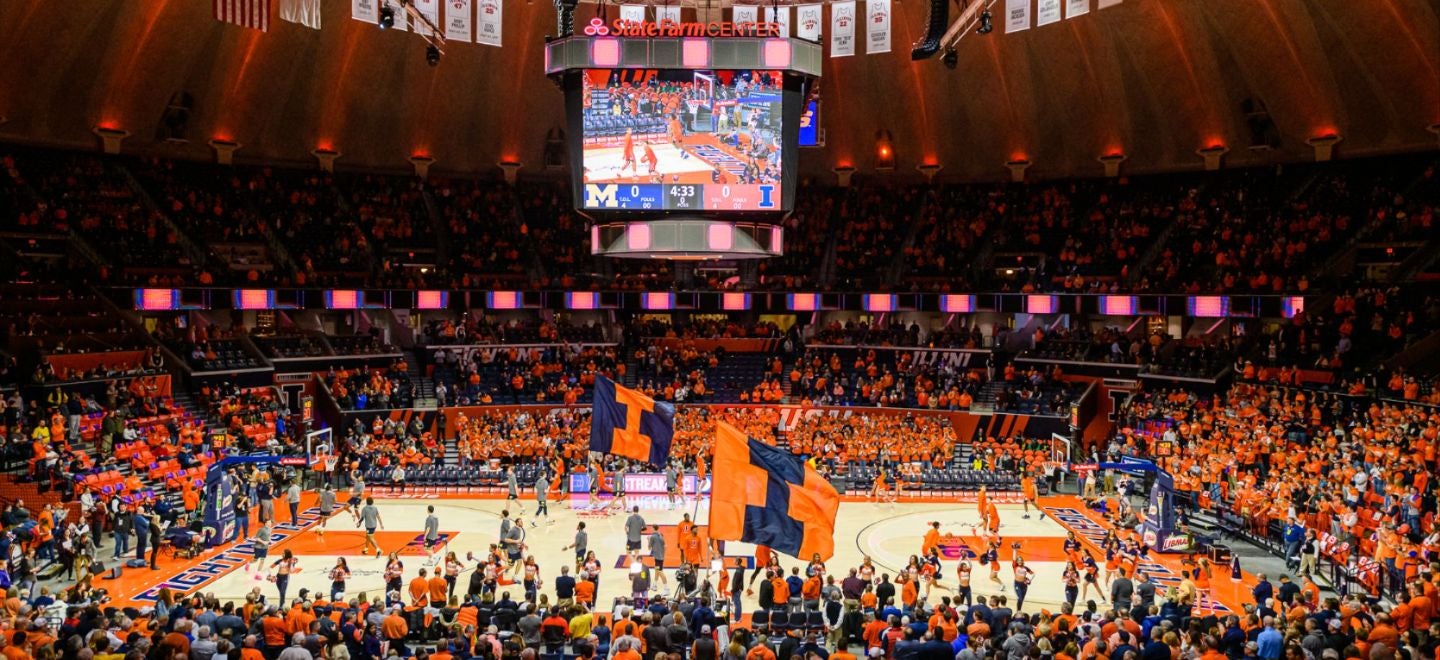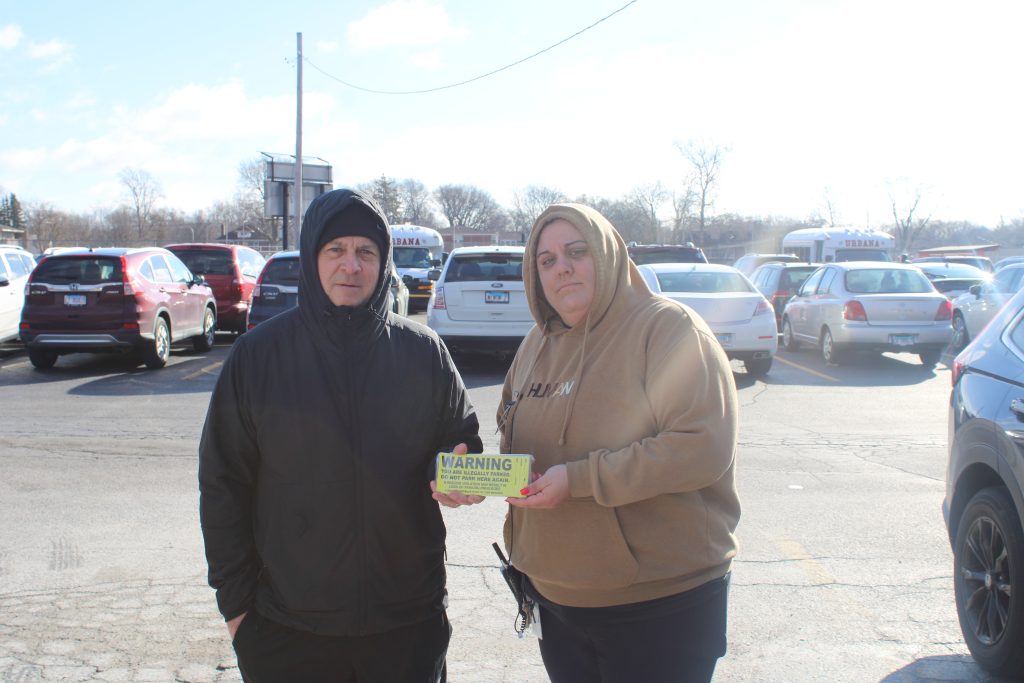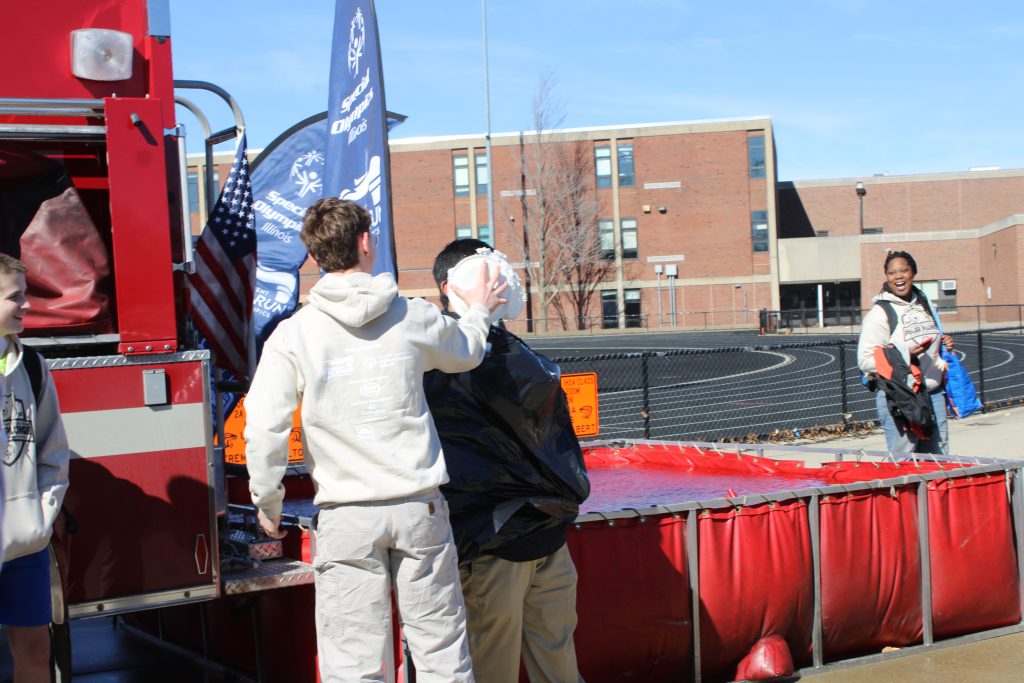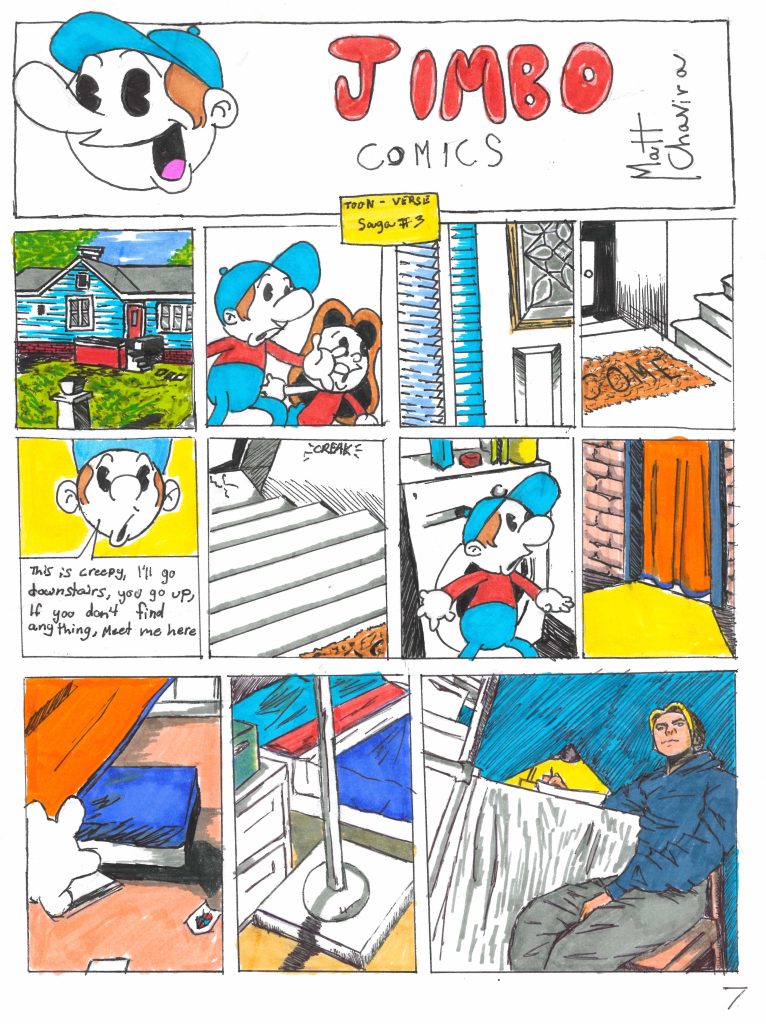Do police in schools really keep us safe?
After a highly-publicized rash of fights spread across Urbana Middle School and Urbana High School during the 2018-2019 school year, the district imposed an increased police, or School Resource Officer (SRO), presence in both schools. Ostensibly, this change was meant to maintain a safer school environment. However, the idea that SROs make schools safe is shaky at best.
There is some research to suggest that SROs can reduce the incidence of serious crimes, like assault and possession of weapons. However, this has been disputed and is by no means a consensus.
Certain studies have also linked SRO presence to poorer academic performance, higher dropout rates, and increased contact with the criminal justice system, as well as disproportionate criminalization of students of color. These side effects would still be important to take into account, even if SROs increased school safety.
Moreover, SROs are certainly not the most effective way to reduce violence in schools. In fact, that honor seems to go to (well-planned) restorative justice programs. For instance, the Becoming a Man program, which has been implemented in schools in Chicago and Boston, has been found to reduce violent crime arrests by half, as well as substantially increasing graduation rates.
Admittedly, studies concerning the effects of SROs on crime and on the school environment are limited. It’s entirely possible, in theory, that SROs do keep schools safer, that they don’t criminalize students of color or shorten the school-to-prison pipeline or worsen academic performance. It’s also possible that SROs are detrimental to the school environment overall, but that Urbana’s program in particular is an outlier.
But, even given those assumptions, the very least we can do to ensure the quality and safety of our schools is to demand transparency and accountability from this program, instead of simply accepting the changes.








